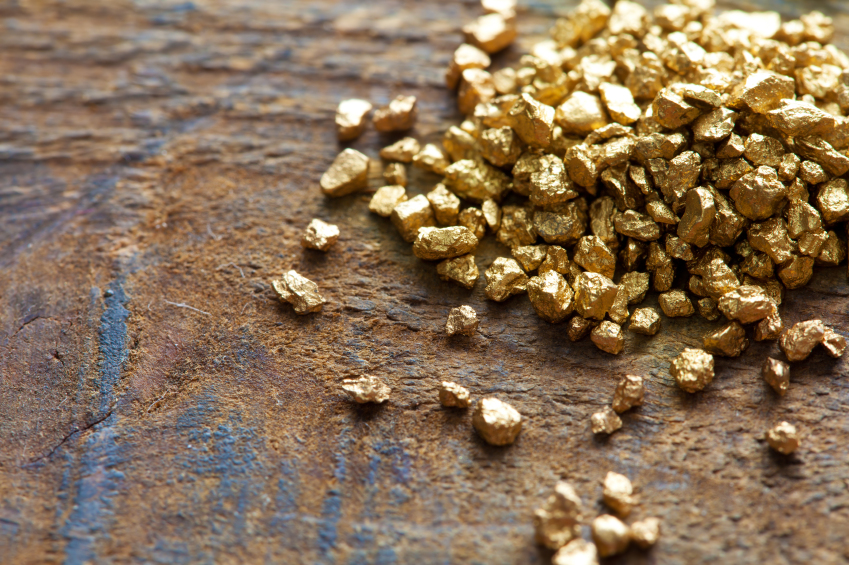For campers at Roaring Camp Gold, there is a lot more to gain than a relaxing weekend around the campfire. There is gold to be found!
But, what do you do with your findings, after a week spent prospecting?
Gold is considered a commodity. We don’t just want it in our lives, we need it. It is, of course, used in the jewelry industry, to create beautiful pieces that women and men love to wear. However, it is also an essential component in electronics, specialty glass, telephones, and even the helmets worn by astronauts.
Due to its necessary nature, there is always a market for gold, but the price of a nugget does fluctuate from year to year, month to month, even day to day. So, before you try to sell your gold, you will have to be aware of the ‘spot price’. This is a real time figure of the value of an ounce of gold. It is reported online, as well as in most major newspapers. Remember, as you look at this figure that you almost definitely won’t receive that exact number per ounce.
Why? Even in nature, gold is generally found in an alloyed state. The nuggets that you discover could be 50% gold, or 95% gold. Within that nugget, there could also exist platinum, copper, nickel or iron. So, while you could take your nugget to a pawn shop and get money right there and then, you will likely take a big loss on the actual value. They will generally give you about 50% of spot value. Why so little? They are taking a risk, without knowing the exact amount of gold in the nugget. Furthermore, they need to make a profit on the other end.
If you want to make more on your gold, you are better off seeking the private buyers, who will analyze the nugget to determine exactly how much pure gold is contained within. They will then pay you up to 90% of the spot value for the pure gold. If you have a one ounce nugget, though, and it is only fifty percent pure gold, you aren’t going to get 90% of the $1076 per ounce, because you only have half an ounce of pure gold. You will get about $484.

